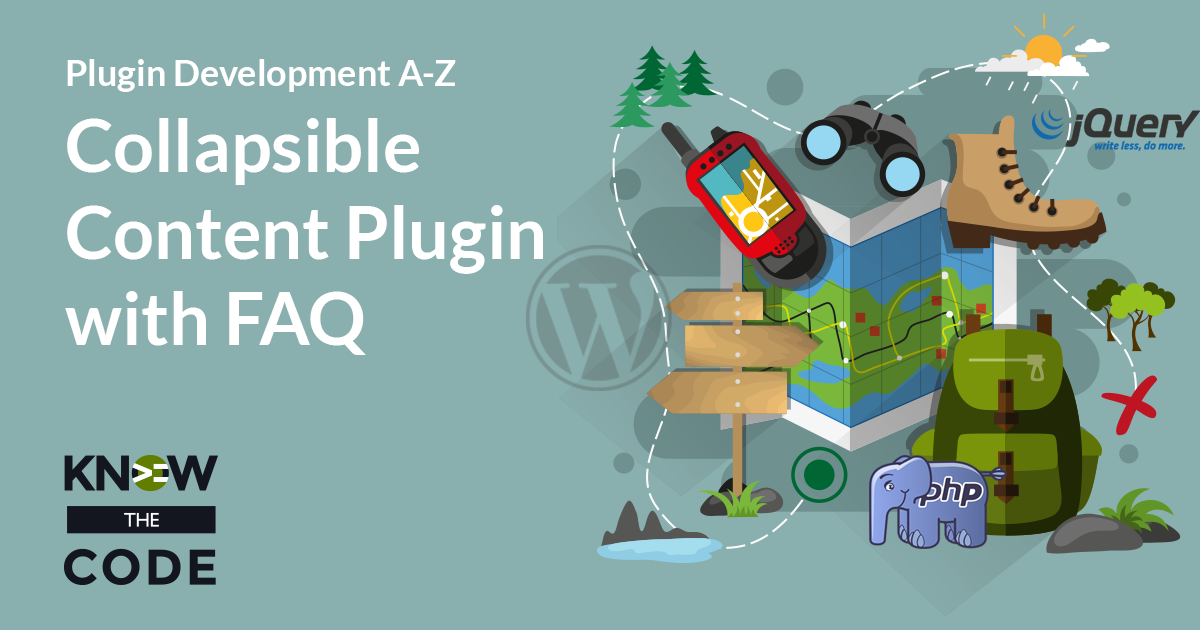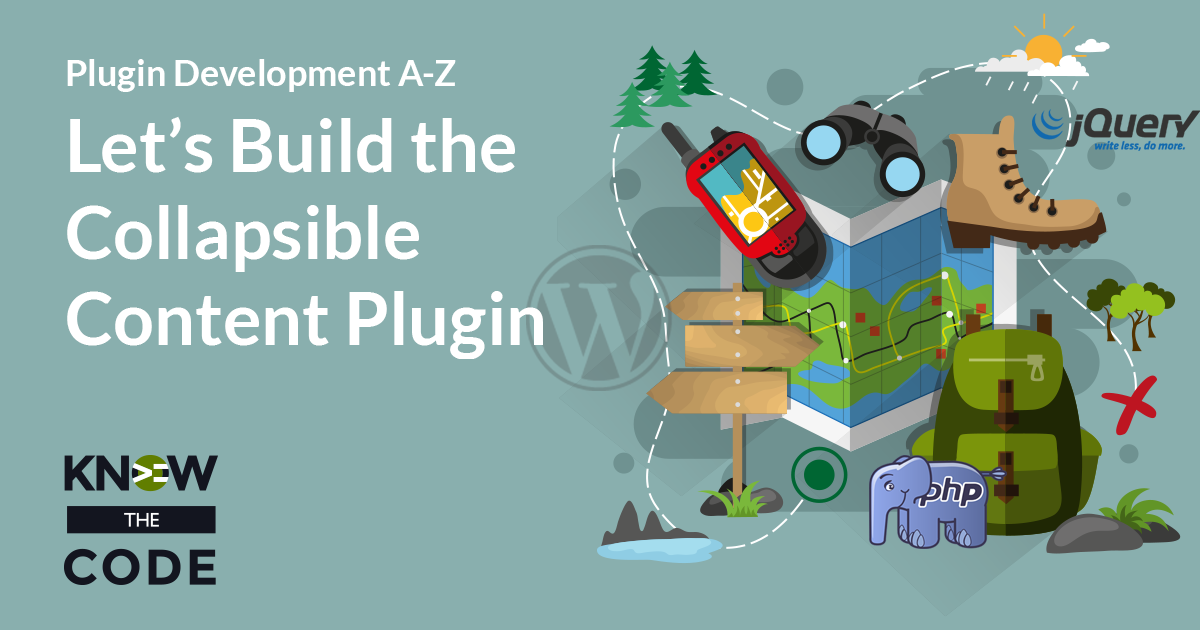Let’s build the basic FAQ custom post type. We need to simply register the post type with WordPress. You already did this task in the Custom Post Type Basics lab. Right? Therefore, you have the basic boilerplate code that you can reuse. Let’s copy the code from this lab, which you can find in this GitHub repository. Then we’ll adjust it for our needs. Let’s also talk about how to make this code work within the module, i.e. so that it’s reusable for the plugin that it’s embedded into it. How can we make the text domain reusable? Let’s talk […]


